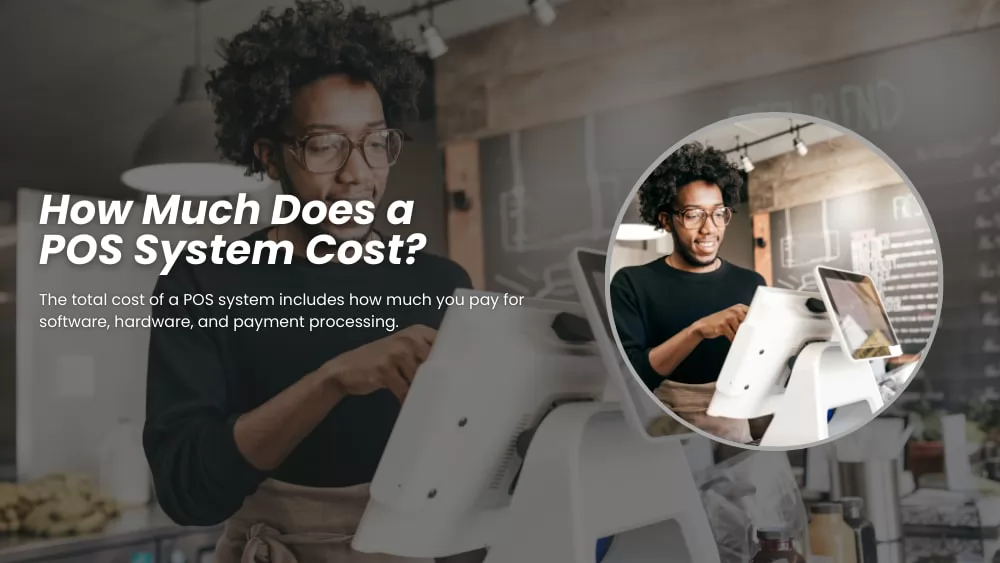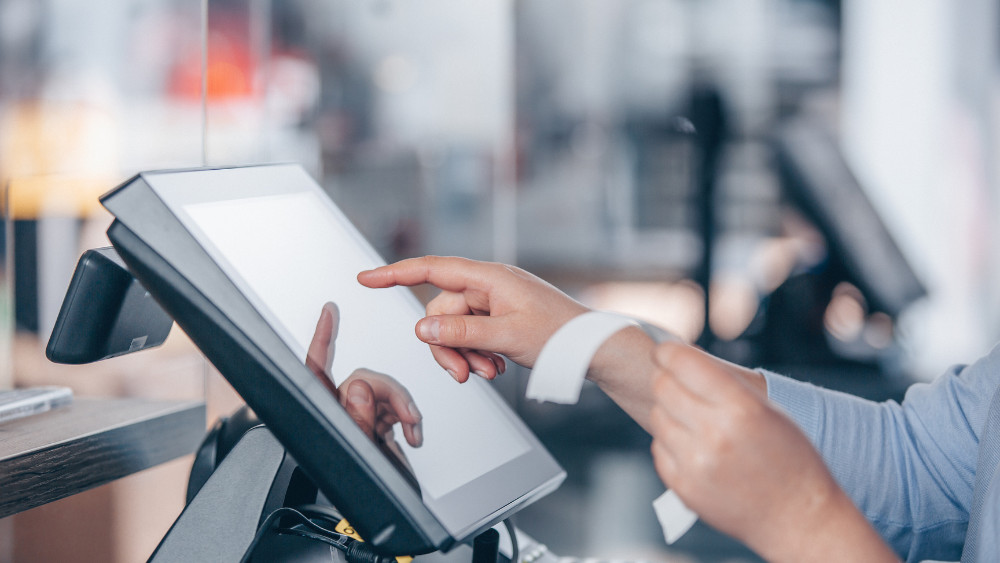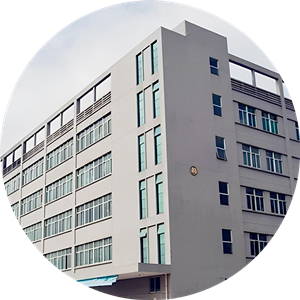

The expenditures associated with point-of-sale (POS) systems generally categorize themselves into three distinct classes: software costs, hardware costs, and card processing costs. POS software may incur a singular purchase cost, entail monthly subscription fees, or even be available for utilization without any charge. Hardware costs, on the other hand, manifest as one-time investments, encompassing mobile card readers, store register systems, and various payment-related equipment. Meanwhile, card processing costs represent continual charges levied each time a credit or debit card transaction is processed.
The financial outlay associated with Point-of-Sale (POS) systems typically falls within the range of $3,000 to $10,000. However, the precise cost of a POS system hinges upon the specific type of POS hardware and software chosen. Notably, the variability in costs stems from factors such as the exclusivity of certain POS software to proprietary devices, in contrast to open-source POS systems that exhibit compatibility with a broad spectrum of popular devices available in the market.
Moreover, the financial landscape of POS systems is intricately influenced by credit card processing, a facet that holds particular significance for smaller retailers. The multifaceted nature of these cost considerations underscores the absence of a universal answer that uniformly accommodates all businesses.
Delving deeper into the complexity of remuneration for business owners, the seemingly straightforward process of receiving payment unfolds into a nuanced scenario. In an era marked by the proliferation of sales channels, a diverse array of payment methods, and the continual evolution of technology, the simplicity of transactional interactions becomes increasingly elusive.
The cost of a POS system includes:
We compared POS system costs from popular brands to create typical price ranges for various elements of a POS system.
As Point-of-Sale (POS) software has progressed far beyond the era of floppy disks, a parallel evolution is evident in POS hardware, presenting an expansive array of options to meet diverse business needs.
At the more economical end of the spectrum, the initiation of POS operations may be facilitated with a minimalistic approach, utilizing a dedicated app installed on a pre-existing smartphone or iPad. This streamlined commencement allows businesses to leverage existing devices, minimizing initial investment costs.
Conversely, at the higher echelons of POS requirements, a more substantial investment is necessitated. In such instances, the acquisition of a comprehensive suite of equipment becomes imperative. This ensemble typically encompasses POS computers, cash drawers, turntable displays, card readers, receipt printers, and an array of supplementary components essential for a fully functional system.
For a comprehensive understanding of the financial considerations involved, it is prudent to explore the anticipated costs associated with POS system hardware. These costs are contingent upon prevailing average prices as offered by well-established providers in the industry.
| POS Hardware Type | Price Range |
|---|---|
| Cash registers | US$100~US$1,500 |
| Credit card readers | Within $300 |
| POS terminals | US$49~US$1,800 |
| Cash drawers | US$40~US$1,000 |
| Self-service kiosks | US$700~US$4,000 |
| Barcode scanners | US$20~US$600 |
| Receipt printers | US$30~US$600 |
The pivotal element within any Point-of-Sale (POS) system lies in its POS software, constituting the foundational framework for seamless operational functionality. Across various providers, a fundamental set of features is uniformly offered, encompassing essential facets such as product management, inventory tracking, customer and staff monitoring, sales processing and payment facilitation, returns management, and comprehensive business reporting.
In the realm of POS systems, there exists a dichotomy between free and paid alternatives, each presenting distinct attributes. Paid POS systems not only adhere to the foundational features but also augment the user experience by incorporating an array of additional features without incurring supplementary costs. Conversely, for those opting for free systems, the option to enhance functionality is available through the incorporation of paid features, allowing for a customized and scalable approach tailored to specific business requirements.
For a comprehensive overview of the financial landscape associated with POS systems, it is insightful to delve into the subscription and add-on costs associated with seven top-rated POS systems, shedding light on the diverse pricing structures and offerings prevalent in the market.
| POS System | Monthly Subscription Costs |
|---|---|
| Square POS | $0 basic POS$29 to $69 per month for Square Plus with upgraded retail, restaurant, appointments and staff management features |
| PayPal Zettle | $0 basic POS |
| eHopper | $0 basic POS $29.99 to $39.99 per month for advanced inventory, restaurant and e-commerce features |
| Lightspeed | $39 to $289 per month paid annually, based on plan, plus $39 per additional register per month. Higher tiers add e-commerce, loyalty, specialty features, accounting and advanced reporting |
| Clover POS | $14.95 to $94.85 per month for business-focused POS features for restaurants, services, retailers, mobile sellers and more |
| Shopify POS | $0 to $89 per location, per month with a Shopify $29 to $299 monthly e-commerce store plan |
| Toast | $0 to $165 per month with optional feature add-on costs, top tier supports online ordering and take-out app |
For the majority of businesses, the acceptance of credit cards is considered crucial, albeit not without incurring associated expenses.
The transactional process involved in credit card payments unfolds through a remarkably intricate network of connections when a customer swipes their card. This intricacy underscores the rationale behind Point-of-Sale (POS) systems imposing charges for the facilitation of credit card payments.
Typically, POS systems adopt a structured fee system, encompassing a fixed charge per transaction in addition to a percentage levied on the total sale amount. The magnitude of this percentage is contingent upon the nature of the credit card transaction. Transactions conducted in a card-present setting, where the customer physically swipes, dips, or taps their card, often incur comparatively smaller fees in contrast to card-not-present transactions. The latter scenario encompasses instances where a card on file is utilized, or the card number is manually keyed in.
In recognizing the diverse needs of businesses, many POS providers present subscription plans characterized by higher monthly fees. These plans, however, offset the elevated subscription costs with diminished payment processing charges. This strategic approach enables businesses to tailor their subscription plans to accommodate the growth trajectory of their sales volume, providing a scalable solution aligning with the evolving demands of the enterprise.
| POS System | Card Payment Processing Rates |
|---|---|
| Square POS | 2.5% + $0.10 to 3.5% + $0.15 based on plan tier and type of sale |
| PayPal Zettle | 2.29% to 3.49% + $0.09 based on type of sale |
| eHopper | 0% with credit surcharge program to 2.5% + $0.10 per in-person sale, or connect a supported third-party payment provider |
| Lightspeed | 2.6% + $0.10 to 3.5% + $0.10 based on type of card and sale, or connect a supported third-party payment provider |
| Clover POS | 2.3% + $0.10 to 3.5% + $0.10 based on plan and type of sale, or connect a supported third-party payment provider |
| Shopify POS | 2.4% + $0 to 2.9% + $0.30 based on plan tier and type of sale, or connect a supported third-party payment provider |
| Toast | Interchange rates vary by card brand and type of sale |
Diverse industries inherently impose distinct and varied requirements on their Point-of-Sale (POS) systems, reflecting the nuanced needs of each sector. To furnish you with a more comprehensive understanding of the financial considerations, we intend to dissect and elucidate the anticipated costs that your business may incur for a POS system, taking into meticulous account the specific demands imposed by the industry to which it belongs.
This tailored breakdown seeks to provide a nuanced perspective, enabling a more precise assessment of the financial outlay commensurate with the unique operational landscape of your business sector.
| Industry | Installation costs | Hardware costs | Software costs | Payment processing fees |
|---|---|---|---|---|
| Retail | $0–2,000 | $1,000–5,000 | $0–250 per month, $0–60 per additional register | 2–3% |
| Restaurant | $500–10,000 | $2,000–10,000 | $0–250 per month, $0–60 per additional register | 2–3% |
| Cafe | $0–2,000 | $1,000–5,000 | $0–200 per month | 2–3% |
| Food truck | $0–1,000 | $500–1,000 per truck | $0–150 per month | 2–3% |
| Health and wellness | $0–5,000 | $2,000–10,000 | $0–200 per month | 2–3% |
Various factors impact the total cost of your POS system, with the primary determinant being the specific type of POS required. For instance, mobile businesses, like those operating at craft fairs, necessitate minimal hardware and software compared to larger brick-and-mortar retail shops or restaurants. This diversity in POS needs contributes significantly to the broad spectrum of POS costs.
Additional influencing factors include:
Business Size: The scale of your business, whether a solo venture, startup, small or midsize business, or a large enterprise, dictates distinct hardware and software requirements. Smaller businesses generally incur lower POS expenses.
Industry: Different industries, such as retail clothing shops versus restaurants, exhibit disparate POS needs. The chosen POS system should align with the specific requirements of your business type. Software offering intricate analytics or ingredient-level inventory tracking, suited for a restaurant, tends to be costlier than basic payment-tracking software.
Product Type: Products subject to regulatory control, like tobacco, CBD, and cannabis, are deemed high-risk. Some POS brands may not support high-risk businesses, potentially limiting options. However, systems accommodating high-risk businesses may not necessarily be more expensive.
Hardware Needs: The choice between tablet-based POS systems (popular for bars, restaurants, retail stores, and mobile businesses) and stationary countertop POS systems is pivotal. Stationary hardware often boasts comprehensive features and comes with a higher price tag.
Software: The complexity of software requirements varies; a small retail shop may need basic inventory, payment, and report-handling features, while larger businesses might necessitate advanced inventory management, comprehensive reporting, e-commerce integration, employee management, and multi-location rewards programs.
Payment Processing: Some POS systems mandate the use of third-party payment processors, while others include built-in POS processing with predefined rates, typically ranging from 2% to 3%. Online payments may incur slightly higher rates, around 3.5%.
About $79 per month. However, the exact cost of a POS system will depend on the size of your business, the industry you're in, the hardware features you need, and more. Our tailored quotes tool will help you get started with finding the cheapest POS system on the market.
Some POS systems, like Toast and Square, offer a $0 starting point, enticing customers with a complimentary POS option. Transaction-based POS rates are only applicable when conducting transactions.
Square is your best bet. Its baseline POS is free and has impressive functionality and versatility. You’ll also get one free card reader. These tools alone may be enough to run a small business for the first few months.
Open-source systems like Odoo may have free plans. However, you won’t get the full spectrum of functionality unless you add modules or integrations, which often carry price tags. Open-source systems will also require maintenance and upgrading on your end.
When retail companies purchase a new POS system, the largest cost expenditure is the one-time hardware fee.
If you need to get a lot of cheap pos hardware products, then you can visit our page or contact us. As one of the top pos hardware manufacturers in China, we have our own factory and warehouse. Able to provide you with high-quality and low-price POS hardware products.
.png)










